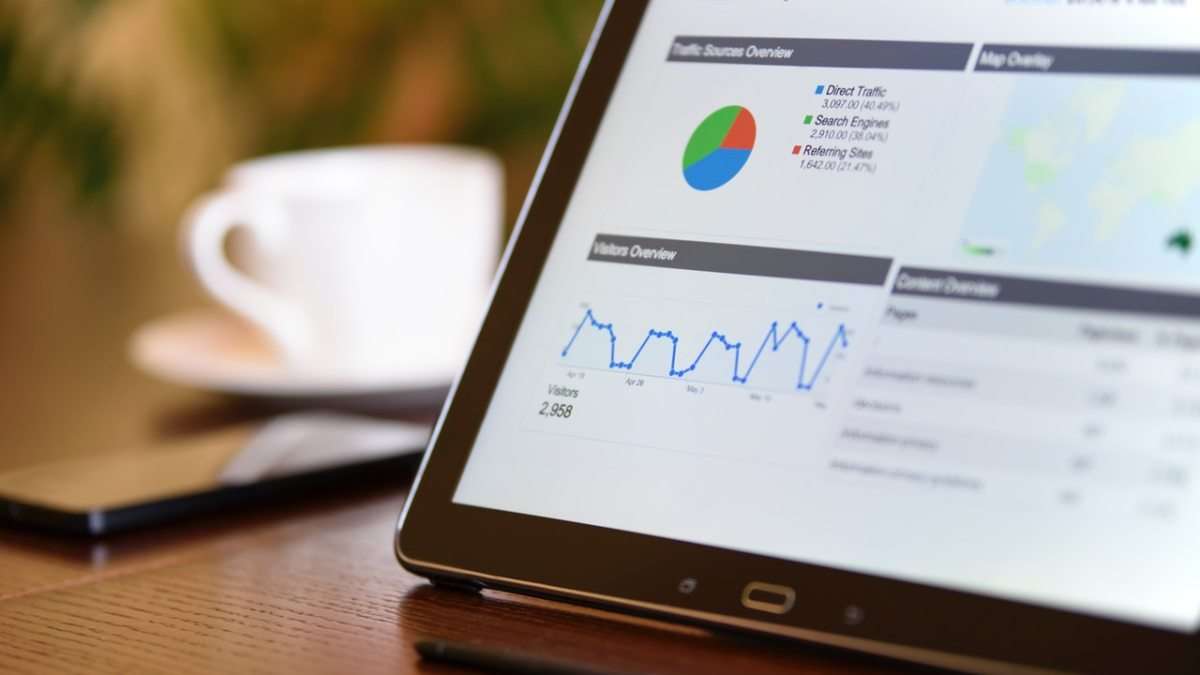Regardless of the nature of your business, billing and accounting are two operational areas that are indispensable. That being said, we can’t deny the fact that both these two are tedious and cumbersome. To curb the complexities, experts suggest using online billing software. This tool has simplified the job of accounting and billing at various stages. Financial statement analysis is amongst them.
With the best accounting software for businesses, financial statement analysis will be an effortless job. While you’re handling financial statements, the use of billing and accounting ratios is essential. This tool is superb and empowers financial accounting analysis. In this post, we will share some crucial details about this feature.
What Do You Mean By Accounting Ratios?
An indispensable feature of best business financial reporting software, accounting ratios are high-end tools used for financial statement analysis. The purpose of these tools is to demonstrate relations between two or more accounting numbers picked from the financial statements.
Additionally, these ratios are used to display fraction, percentage, proportion, or numbers of times.
When an organization is preparing the financial statement analysis, using billing & accounting ratios is crucial. Entry of wrong numbers will lead to erroneous calculations in the financial statement.
These ratios are used to draw conclusions related to financial performance, leverage, liquidity, and asset usage. The output of these analyses helps businesses to figure out whether to invest in or boost up the credit to a business.
For better understanding, let us give an example of an accounting ratio. Credit analysts refer to the financial statements of a company to figure out whether or not it qualifies for trade credit.
The company’s balance sheet shows the company’s current asset as $200,000 along with $400,000 current liabilities. The balance sheet also displays the debt level that is three-time higher than the equity along with a 1% net profit ratio.
After a quick analysis of these data, using the best financial reporting software, the analyst decided not to increase the trade credit to the customers.
What Are the Common Types of Billing and Accounting Ratios?
When the classification of accounting ratios is concerned, it is based upon the purposes for which a ratio is calculated. Typically, there are four kinds of billing and accounting ratios:
● Liquidity Ratios
● Solvency Ratios
● Activity (Turnover) Ratios
● Profitability Ratios
Let’s have a detailed understanding of these types:
Liquidity Ratios
This tool is a part of the majority of online billing and invoicing software for enterprises and is used to figure out short-term business solvency. In other words, this type of accounting ratio is used to measure the company’s ability to accomplish short-term obligations. It indicates the pace at which a company’s asset can turn into cash.
It is further classified into current ratio, quick ratio, cash ratio, defensive interval ratio, and cash conversion cycle.
Solvency Ratios
The next variant of the accounting ratio is the solvency ratio and it refers to the company’s ability to meet the long-term debt obligations. This type is useful to determine the debt amount that a company can use against the owner’s fund.
Additionally, this financial ratio type is useful to figure out whether or not a company’s earnings and cash flow are adequate to meet the interest expenses that a business might face in the future. This is also categorized into different types. In total, there are five versions of this ratio.
Debt-to-asset ratio, debt-to-capital ratio, debt-to-equity ratio, interest coverage ratio, and fixed charge coverage.
Activity or Turnover Ratios
The activity ratio demonstrates the connection between sales and a certain asset. It displays the investment in one specific asset group and the revenue assets are generating. It is used to figure out at which rate assets are converting into sales.
This type of ratio is used widely in evaluating the business’s operating efficiency.
The common types of activity ratios are account receivable turnover ratio, working capital ratio, asset turnover ratio, fixed turnover ratio, inventory ratio turnover, and day payable outstanding.
Profitability Ratios
The last type of accounting ratios are profitability ratios is and is used to find out the company’s ability to generate profit against sales, asset, shareholder equity, and operating cost.
Typically, these ratios are used to give an overview of the company’s ability to make most of the available assets. The common types of these profitability ratios are gross profit margin ratio, operating profit margin ratio, pre-tax margin ratio, net profit margin ratio, and return on assets ratio.
Concluding Words
Billing and accounting ratios are crucial parts of a financial statement and are used to figure out a company’s financial situation. They are crucial and demand no errors. Hence, it is wise to use high-end and best accounting software for businesses. With its use, attaining accuracy and perfection in f accounting ratios becomes easy and viable.

